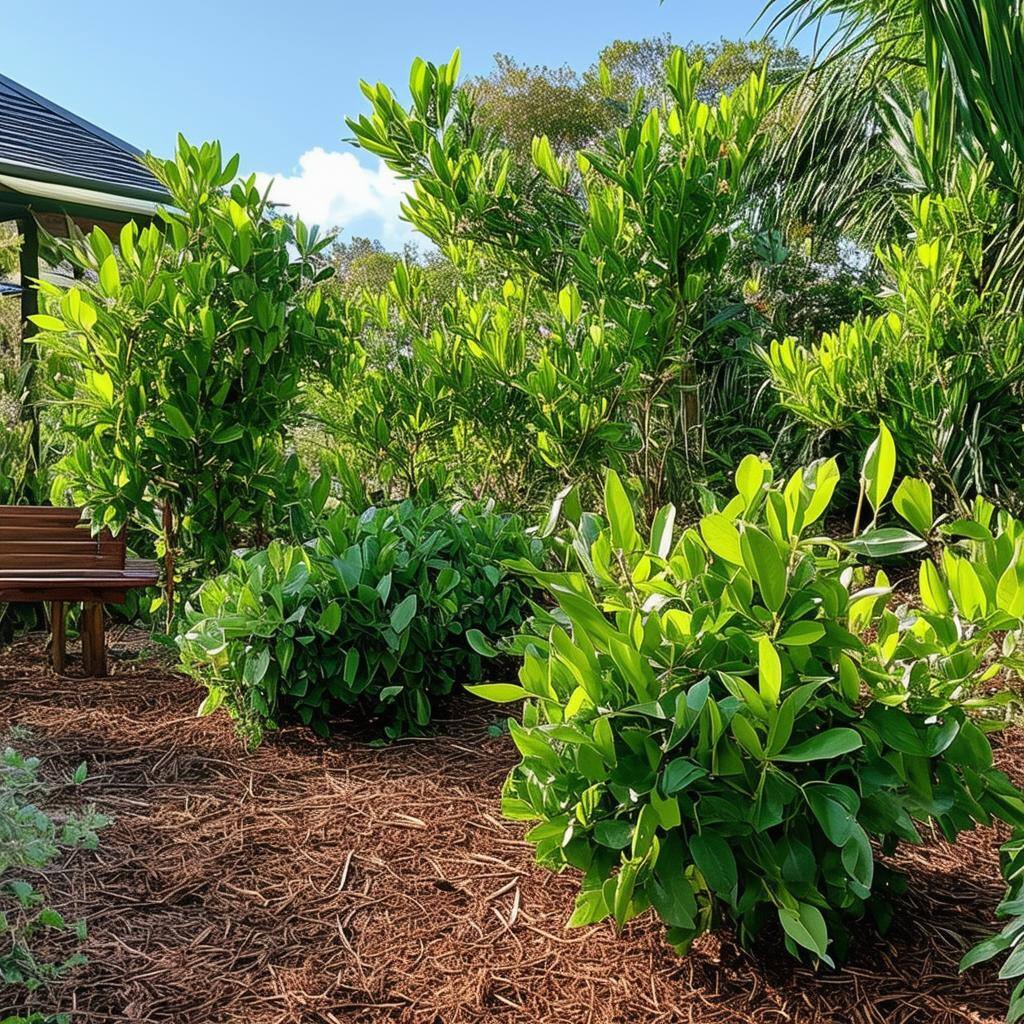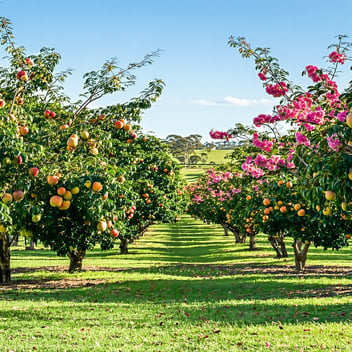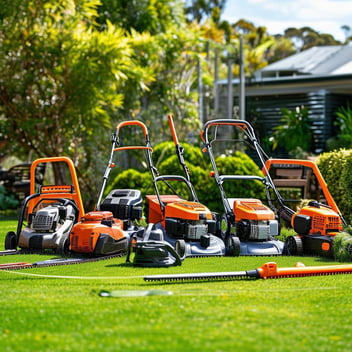Caring for Native Bush Tucker Plants in SEQ's Climate
Caring for native bush tucker plants in South East Queensland's climate is a rewarding endeavor that connects gardeners to Australia's rich indigenous flora. These plants, adapted to the local environment, offer unique flavors and nutritional benefits. Proper care ensures their thriving presence in your garden.
1. Understanding South East Queensland's Climate
South East Queensland experiences a subtropical climate characterized by hot, humid summers and mild, dry winters. This region receives ample rainfall during the summer months, while winter brings drier conditions. Such a climate is conducive to a diverse range of native bush tucker plants, each adapted to these specific environmental conditions.
2. Selecting Appropriate Bush Tucker Plants
Choosing the right plants is crucial for a flourishing garden. Consider the following species:
-
Lemon Myrtle (Backhousia citriodora): Thrives in warm, sunny conditions with well-drained soils. Regular watering during dry periods is beneficial.
-
Warrigal Greens (Tetragonia tetragonioides): Prefers coastal areas with saline soils and requires minimal care once established.
-
Finger Lime (Citrus australasica): Grows best in full sun to part shade and well-drained soils. Protect from frost and provide consistent moisture.
3. Soil Preparation and Planting Techniques
Proper soil preparation is vital for the health of bush tucker plants:
-
Soil Enrichment: Incorporate organic matter such as compost to improve soil structure and fertility.
-
pH Levels: Most native plants prefer slightly acidic to neutral soils. Conduct a soil test and amend accordingly to achieve optimal pH levels.
-
Planting Depth: Ensure that plants are positioned at the same depth they were in their nursery pots to prevent stem rot.
4. Watering and Mulching
Consistent moisture is crucial, especially during the establishment phase:
-
Watering: Keep the soil moist during establishment. Once established, many native plants are drought-tolerant but benefit from supplemental watering during extended dry periods.
-
Mulching: Apply a layer of organic mulch around the base of plants to conserve moisture, regulate soil temperature, and suppress weeds.
5. Fertilization Practices
While native plants are adapted to local soils, periodic feeding can enhance growth:
-
Organic Fertilizers: Use well-composted organic matter or slow-release native plant fertilizers to provide essential nutrients without causing excessive foliage growth.
-
Application Timing: Fertilize during the growing season, typically in spring and early summer, to support new growth and flowering.
6. Pruning and Maintenance
Regular maintenance promotes plant health and productivity:
-
Pruning: Remove dead or diseased branches to improve air circulation and encourage new growth. For species like Lemon Myrtle, regular pruning helps maintain a desirable shape and size.
-
Pest and Disease Management: Monitor plants for common pests such as caterpillars and scale insects. Employ organic control methods, like neem oil or insecticidal soaps, to manage infestations.
7. Seasonal Considerations
Adjust care practices to align with seasonal changes:
-
Summer: Ensure adequate watering during hot, dry spells. Mulching helps retain soil moisture.
-
Winter: Protect frost-sensitive species by covering them or moving potted plants indoors during cold snaps. Reduce watering frequency to prevent root rot.
By understanding and catering to the specific needs of native bush tucker plants within South East Queensland's climate, gardeners can cultivate a thriving, sustainable, and edible landscape that celebrates Australia's botanical heritage.




